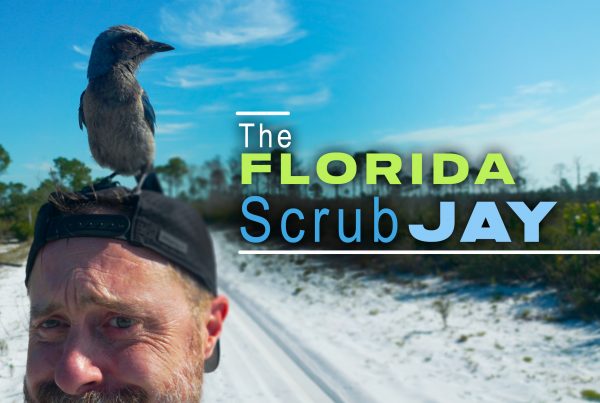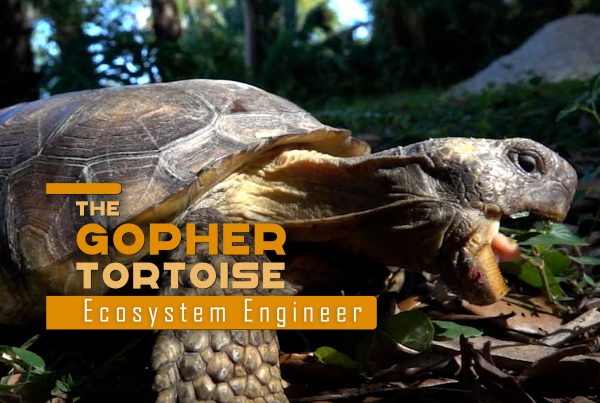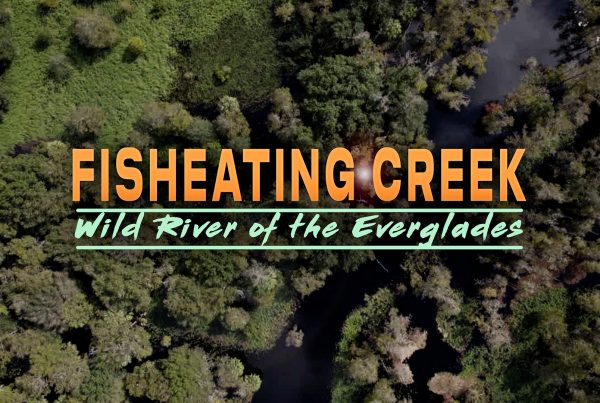This is a video all about hammocks. No, not the kind you string between two palm trees and take a nap in…. the hardwood variety.
Endemic: Natural to or characteristic of a specific people or place; native; indigenous
Foliage: A cluster or assemblage of leaves, flowers, and branches
Tequesta: A Native American tribe that occupied the areas bordering Biscayne Bay in South Florida from approximately 700 BCE to the 18th Century soon after the arrival of European explorers
Soluble: Able to be dissolved in another substance, such as water
The Hardwood Hammock Habitat
When we think of the Everglades, we probably think of vast sawgrass prairies and soggy swamps. But sprinkled throughout the Everglades are many other important and unique habitats. Today, with the help of Michael Barroso and Sanje Lara, budding filmmakers from Felix Varella Sr. High, we’ll go on a hardwood hammock adventure. Let’s go explore!
The hardwood hammock is dominated by subtropical, broad-leafed hardwood trees and shrubs. Some of these are endemic to Florida but many are West Indian species that have spread to South Florida. Here we find the pigeon plum, poison wood, live oak, satin leaf and wild coffee, among others. The underground stem of a native cycad called coontie was used by Native Americans as a source of starch. The larva of a rare butterfly called Attala feeds only on the leaves of the coontie plant. The delicate zebra butterfly is a more common denizen of the hammock. The female lays her eggs on passion vines, on which the larvae feed exclusively.
Hardwood hammocks can be found on slightly higher ground throughout the Everglades. In the heart of the Everglades, they form islands, surrounded and shaped by the slow moving “river of grass.” From above, we can see how the flowing water carves these hammock islands into narrow tear-drop shapes.
The hammock is a jungle of thick vegetation, and the canopy is so dense that just a spattering of light can penetrate to the forest floor. During the summer, it can be several degrees cooler in here. Native Americans like the Tequesta and Calusa, often inhabited these hammocks, enticed by the shade and high ground.
The many different trees and plants are constantly competing to snatch a bit of sunlight, and we see several interesting adaptations to help with this. Notice that although the canopy is almost impenetrable, there are fewer short, bushy plants. Everything seems to be shooting up to occupy any available opening in the canopy. Epiphytes are plants that attach to trees without hurting them, like this cardinal air-plant, or this fern. Vines are plentiful, and they use the trunks of the hardwood trees like scaffolding to reach up towards the sky.
The ficus tree, or “strangler fig” is a fierce competitor. Its seeds are spread by birds that feast on the tasty figs. The seeds often land in the nooks of other trees, where they germinate and grow. “Air roots” begin to grow around the host tree and soon take root in the forest floor. Eventually, the strangled tree my die and rot away leaving a free-standing ficus in its place.
The gumbo-limbo tree is also common here. The red, flaky bark has earned it a few funny nicknames the Sunburn tree and the Tourist tree are two popular nicknames for the gumbo for obvious reasons. The bark flakes off easily and serves an important purpose: it is a defense against strangler figs and vines. If a vine or a ficus seedling tries to wrap itself around a gumbo limbo trunk, the bark simply peels off.
When exploring a hardwood hammock, it’s a good idea to watch your step. We often encounter solution holes. Some small, some quite large like this one. Archeologists have discovered really cool things in many of these sink-holes, from Native American artifacts to the bones of Pleistocene animals like the giant ground sloth.
These solution holes are common because the floor of the hammock is usually just a very thin layer of soil and leaf litter on top of a foundation of limestone rock. Limestone is fairly soft and soluble. The acid from decomposing vegetation on the forest floor mixes with rainwater, creating a mildly acidic solution of carbonic acid. Over time, this weak acid eats away at the limestone floor. The acidic run-off from a hammock island creates a “moat” of deeper water surrounding that island. This deeper moat creates an important defense for the entire island…forming a barrier to protect the hammock from forest fires during the dry season.
Now although the hammock is a great place to escape from the summer heat, we find that it’s also thick with mosquitoes. The dense foliage surrounding the hammock blocks the wind, so the interior of the forest stays humid and moist. Solution holes are usually full of stagnant water…perfect breeding ground for these blood-thirsty insects.
But the hardwood hammock is also full of many, less annoying creatures. Liguous tree snails cruise the tree trunks, rasping off bits of lichen to eat. Decades ago, collectors harvested these snails for their beautiful shells, and they became quite rare. Luckily these colorful snails are coming back. Songbirds are common, and so are spiders. The clever jumping spider hunts its prey without a web. Turn too quickly and you get a huge golden silk orb-weaver in your face. You’ll find squirrels and other rodents, which means this is perfect bobcat territory… also ideal hunting and nesting grounds for the barred owl, and the great horned owl. We have found a great horned owl nest where a downy chick waits for its dinner. It looks like rat is on the menu again – food from the hammock. Feral pigs, like these, are not a rare sight. With less than 200 in the wild, the Florida Panther certainly is.
The hardwood hammock is a wild place. It seems like a completely different world from the sunny marshland of the sawgrass prairies. But the hammock habitat is just as much a part of the Everglades, and another reason why the Everglades are one of the most bio-diverse ecosystems on our planet.




